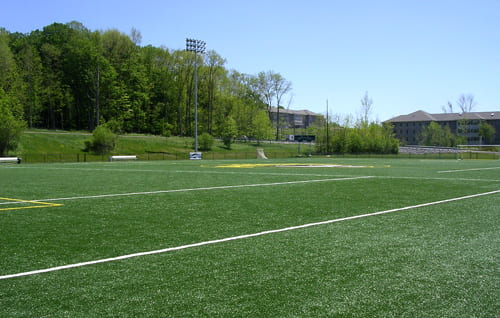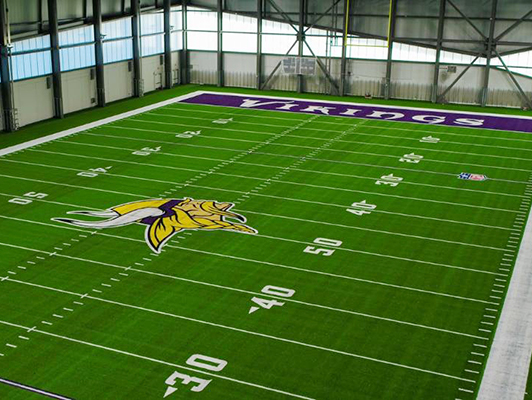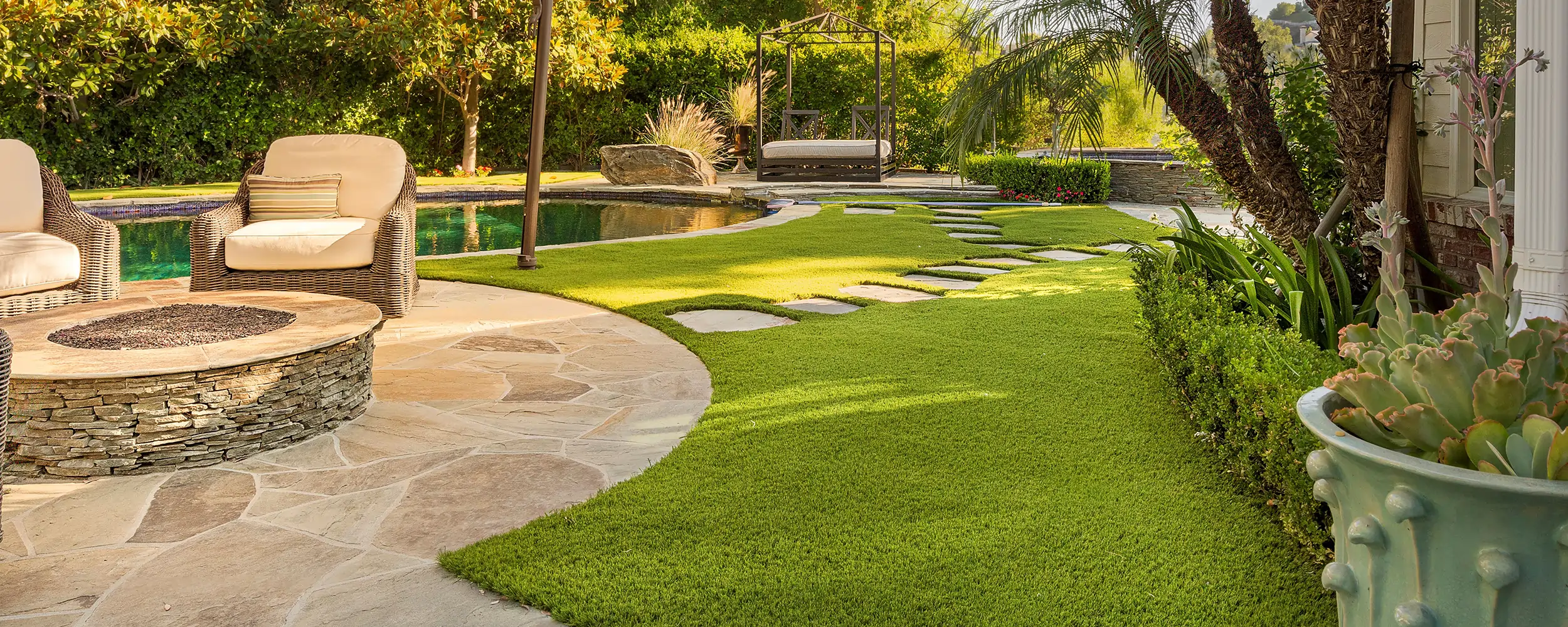Well-Known Phoenix Turf Companies Delivering Superior Synthetic Grass Installation
Well-Known Phoenix Turf Companies Delivering Superior Synthetic Grass Installation
Blog Article
See Why Homeowners Prefer Synthetic Grass for Sustainable Landscape Design Practices
As homeowners progressively focus on sustainability in landscaping, man-made lawn has arised as an engaging alternative to conventional yard. What continues to be to be checked out is the complete extent of benefits that man-made lawn can offer to property owners and the environment alike.
Water Conservation Advantages
One of the most substantial benefits of artificial lawn is its duty in water preservation. In comparison, man-made grass eliminates this demand entirely, as it does not call for watering.
Additionally, the setup of man-made grass can contribute to a more lasting landscape. Home owners can dramatically reduce their water expenses, allowing for reallocation of sources to various other environmental initiatives or home uses. Additionally, synthetic grass is developed to endure various weather conditions without the demand for supplementary watering, making it an excellent option for regions encountering water shortage.
The environmental advantages prolong past prompt water cost savings. By reducing water intake, synthetic grass assists to mitigate the influences of environment adjustment, maintaining crucial communities that are intimidated by extreme water extraction. As sustainable landscaping practices obtain traction, synthetic grass emerges as a liable choice for home owners seeking to develop environment-friendly outdoor areas.
Reduced Maintenance Initiatives
Synthetic turf dramatically decreases upkeep initiatives compared to standard yard lawns. With man-made yard, property owners can remove the time-consuming tasks linked with all-natural landscaping, such as mowing, fertilizing, and weeding. This not just conserves beneficial time however likewise lowers physical labor, making lawn care easily accessible for people of all ages.
One of the most remarkable benefits is the lack of regular mowing. Conventional yards need constant cutting to keep a visually pleasing elevation, whereas synthetic grass remains regularly rich without the requirement for cutting. Furthermore, homeowners no much longer require to use chemicals or plant foods, which are usually needed to maintain all-natural yard healthy and balanced. This change not just lightens the work yet additionally promotes a neater, more uniform look year-round.
Additionally, artificial lawn is resistant and long lasting, calling for very little upkeep past periodic brushing and washing to eliminate debris. This convenience of upkeep enables homeowners to appreciate their outside spaces without the consistent concern of upkeep, giving more time for recreation and household activities. Eventually, the decreased upkeep efforts related to synthetic grass make it an enticing choice for those seeking a low-maintenance, aesthetically appealing landscape.

Environmental Impact Reduction
There is a growing recognition of the environmental benefits connected with synthetic grass, specifically in regards to water preservation and lowered chemical use. Traditional lawns require significant quantities of water, specifically in drought-prone areas, bring about raised stress on neighborhood water sources. In comparison, synthetic grass gets rid of the need for irrigation, significantly decreasing water consumption and advertising sustainability.
In addition, standard yard maintenance frequently involves the application of plant foods, herbicides, and pesticides, which can add to dirt and water contamination. Artificial lawn minimizes this environmental risk by calling for marginal maintenance and basically removing the requirement for damaging chemicals. This not only improves dirt health and wellness yet likewise shields neighborhood environments from harmful runoff.
Additionally, the production of all-natural lawn lawns normally includes making use of fossil gas for mowing and landscape design devices, further adding to greenhouse gas exhausts. By selecting artificial grass, property owners can dramatically reduce their carbon impact connected with lawn treatment activities.
Visual Allure and Adaptability
Along with its environmental advantages, artificial turf uses substantial visual appeal and flexibility for landscape design. Home owners can achieve a lavish, green appearance year-round, eliminating the seasonal changes frequently related to all-natural yard. This consistent aesthetic not only enhances the visual appeal of a building yet also contributes to a well-maintained and polished look.
Moreover, synthetic grass is offered in a range of styles, colors, and textures, enabling modification to match private choices and style this post themes - Phoenix turf companies. Whether used in residential yards, business areas, or recreational locations, it can seamlessly integrate right into varied landscaping designs, from modern-day minimalist to lush exotic settings
The versatility of synthetic grass extends beyond simple look; it can be installed in numerous places, including roofs, outdoor patios, and even indoor rooms, producing opportunities for one-of-a-kind landscaping solutions. In addition, it appropriates for an array of tasks, from kids's play areas to pet-friendly atmospheres, providing capability without jeopardizing design.
Eventually, the visual appeal and convenience of man-made turf make it an eye-catching option for home owners seeking read this lasting landscaping options that do not sacrifice appeal for ecological obligation.

Long-Term Expense Cost Savings
One of the most compelling benefits of synthetic turf is its possibility for long-lasting cost financial savings. Unlike natural yard, which needs regular upkeep-- including mowing, watering, feeding, and bug control-- synthetic lawn substantially reduces these recurring costs.
In addition, synthetic grass has a life expectancy of 15 to 25 years, depending on its top quality and usage. This durability lessens replacement expenses, making it an extra cost-effective selection in the long run. The first investment in man-made lawn can typically be redeemed through the cost savings accumulated over time.
While the upfront expense might appear higher contrasted to turf installation, the cumulative financial savings from lowered maintenance and water usage commonly surpass these initial expenditures. Inevitably, the fostering of synthetic grass not only advertises a lasting landscape design solution but likewise uses home owners a financially savvy choice that lines up with long-lasting budgeting objectives.
Verdict
Synthetic turf arises as a compelling option for lasting landscaping, offering substantial benefits in water conservation, lowered upkeep efforts, and click lessened ecological impact. As neighborhoods progressively focus on ecologically friendly techniques, the adoption of artificial grass represents a dynamic step towards accomplishing resilient and lasting landscapes.
Furthermore, artificial lawn is made to stand up to various weather problems without the requirement for supplemental watering, making it a suitable choice for areas facing water shortage. (Arizona turf)

Fabricated lawn emerges as a compelling alternative for sustainable landscaping, providing considerable benefits in water preservation, reduced upkeep efforts, and diminished ecological impact.
Report this page